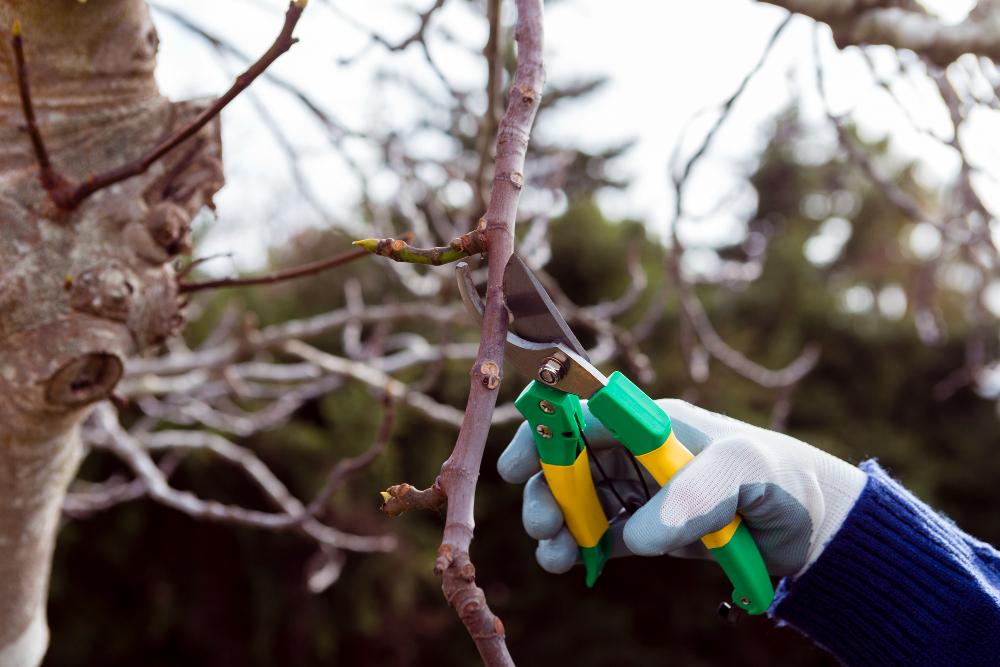
Many homeowners focus on outdoor maintenance tasks as summer approaches, including tree pruning. While arborists can conduct tree maintenance at any time of the year, there are specific benefits to scheduling tree trimming during the summer months. At the Southern Star Tree, we use innovative equipment and proven strategies to ensure your trees remain healthy after maintenance. Here are the crucial advantages of tree pruning in the summer.
Most trees experience vigorous growth during summer, as sufficient sunlight and warmth provide optimal conditions for photosynthesis. Tree pruning during summer encourages regrowth, since trees can heal and recover from pruning wounds. Arborists can remove dead or diseased branches and shape the tree’s canopy, improving the overall health and appearance of the tree.
Another reason to consider pruning in the summer is to identify and remove any infected or infested branches before things worsen and cause premature tree removal emergencies. Since pests are active during this season, thinning the canopy can improve air circulation and sunlight penetration, creating an environment less favorable for nasty critters. In addition, tree trimming during the summer months reduces the risk of spreading diseases, as pathogens are less likely to multiply and spread.
Tree service experts also recommend summer maintenance for aesthetic appeal. With the leaves in full bloom, assessing the tree’s overall shape and structure is more accessible, allowing for precise pruning decisions. However, professionals should handle removing excess growth to achieve the desired shape without damage and subsequent complications. Whether you want aesthetic appeal or a more natural look, consult a tree care company for tailored pruning that aligns with your landscape design.
While summer is often characterized by hot and humid days, sometimes storms can occur, risking damage to trees with weak or overgrown branches. Tree pruning can reduce the likelihood of storm-related damage and minimize the potential for breakage during severe weather events, protecting your property and ensuring the safety of your surroundings. You can mitigate such scenarios by working with a trusted tree care company for proper pruning techniques that enhance the structural integrity and your trees’ resilience.
Property owners opt for fruit-bearing trees to improve the quality and value of their outdoor spaces. To maximize fruit production, these trees require routine care, including summer pruning. Tree service providers can pinpoint overcrowded or crossing branches that need trimming, creating an open canopy that allows sunlight to reach all fruit-bearing branches. Another benefit of sunlight exposure is enhanced fruit ripening and the overall quality and quantity of the harvest. If you have fruit-bearing trees, consider summer pruning to enjoy larger and tastier fruits.
Tree pruning in the summer offers many benefits for the tree and the surrounding landscape. Contact us today at the Southern Star Tree and schedule tree pruning during summer. We provide comprehensive services, including pruning, fertilization, and tree removal, so that you can enjoy a thriving and vibrant landscape.